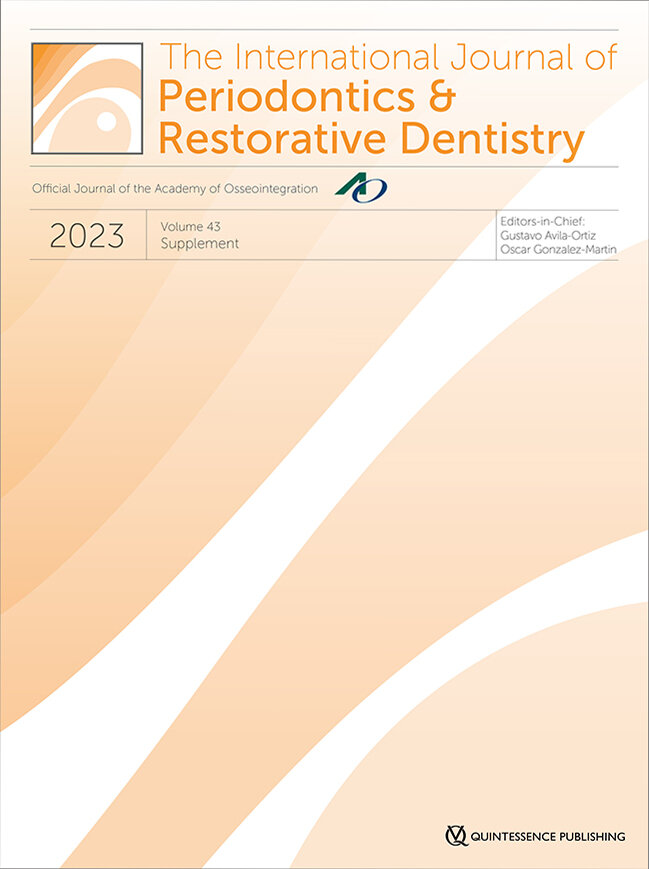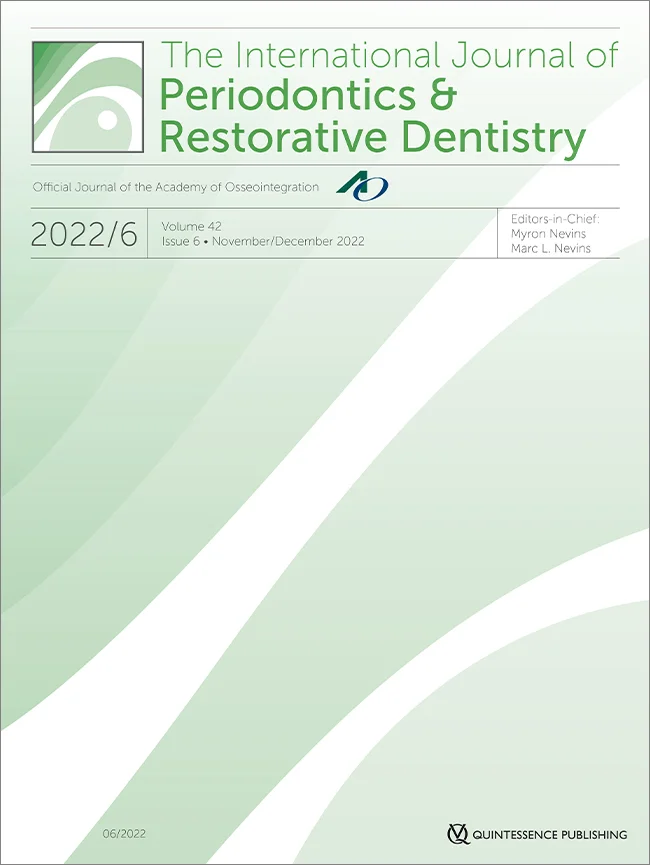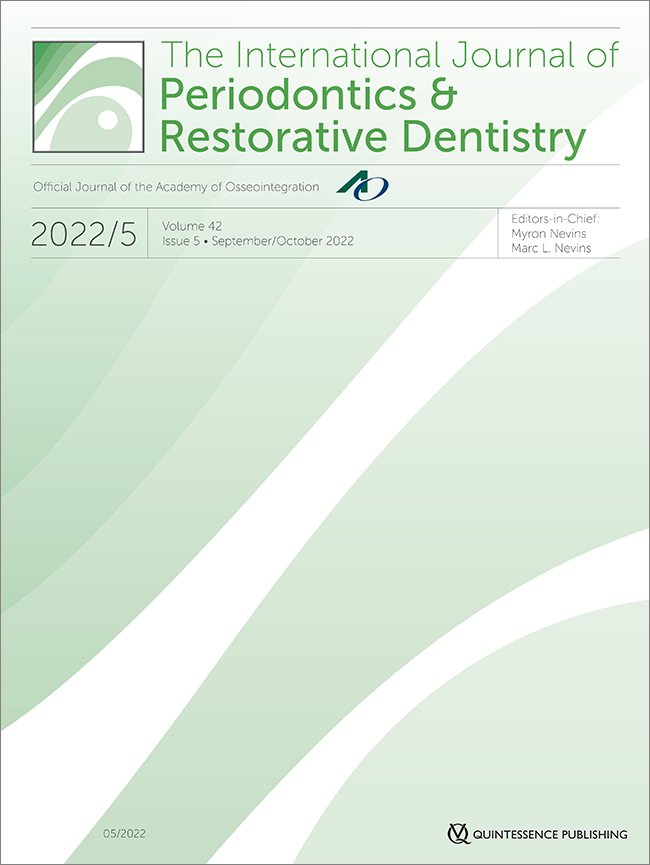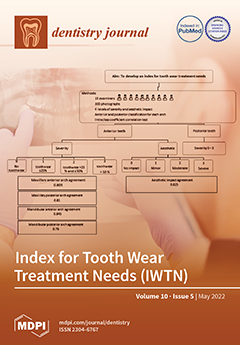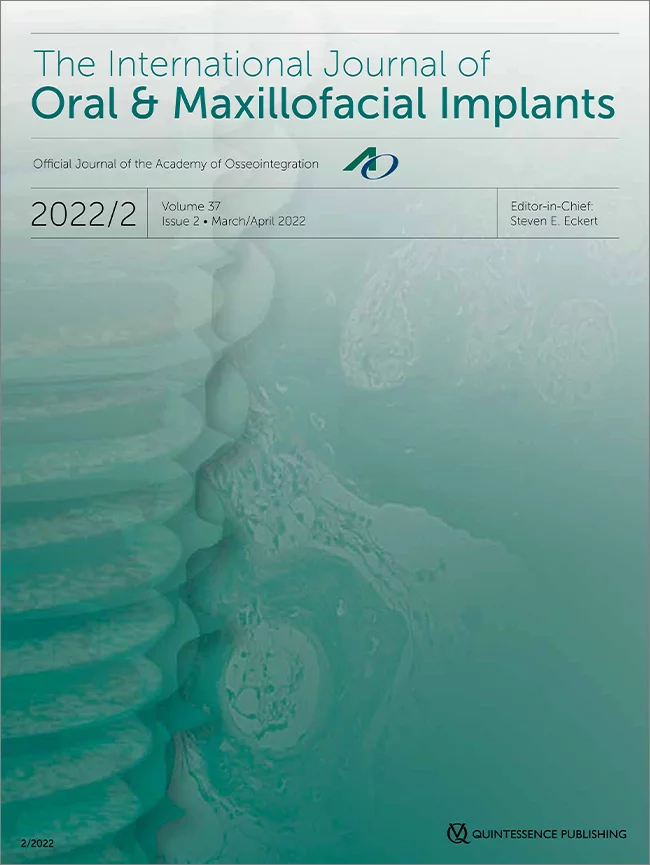- Author:
- Eduardo Anitua
- Asier Eguia
- Alkhraisat MH
Clinical Performance of Implant-Supported Prostheses in the Rehabilitation of Patients Previously Treated for Medication-Related Osteonecrosis of the Jaws (MRONJ): A Systematic Review
There is a lack of consensus on managing resultant bone and soft tissue defects or on restoring oral function and aesthetics following medication-related osteonecrosis of the jaws (MRONJ) lesion healing. This clinical challenge presents a dilemma for practitioners. Removable prostheses pose a recurrence risk if poorly fitted and may inadequately restore function or aesthetics in cases of significant bone defect. Dental implant-supported prostheses could enhance function and quality of life, though their risks and indications are not well-defined. This systematic review examines the clinical outcomes and complications associated with implant-supported rehabilitations post-MRONJ surgery. This study was conducted following the Preferred Reporting Items for Systematic Reviews and Meta-Analyses (PRISMA) statement recommendations and it was pre-registered in the Prospective Register of Systematic Reviews (PROSPERO) (CRD42023492539).
- Author:
- Eduardo Anitua
- Ricardo Tejero
- Romero Gavilán F
- Cerqueira A
- Muñoz F
- García Arnáez I
- Azkargorta M
- Elortza F
- Gurruchaga M
- Goñi I
- Suay J
Enhancing the correlation between in vitro and in vivo experiments in dental implant osseointegration: investigating the role of Ca ions
This study delves into the osteogenic potential of a calcium-ion modified titanium implant surface, unicCa, employing state-of-the-art proteomics techniques both in vitro (utilizing osteoblasts and macrophage cell cultures) and in vivo (in a rabbit condyle model).
- Author:
- Eduardo Anitua
- Asier Eguia
- Staudigl C
- Alkhraisat MH
Clinical performance of additively manufactured subperiosteal implants: a systematic review
The aim of this study was to assess implant survival and complications rate of modern subperiosteal implants (CAD designed and additively manufactured).
- Author:
- Eduardo Anitua
- Gómez-González C
- González-Mosquera A
- Alkhraisat MH
Mouth Breathing and Its Impact on Atypical Swallowing: A Systematic Review and Meta-Analysis
Dent J (Basel). 2024 Jan 23;12(2):21. The aim of this systematic review is the assessment of the effect of mouth breathing on the prevalence of tongue thrust. The review was performed according to the PRISMA 2020 checklist guidelines, and the protocol was registered with PROSPERO (CRD42022339527).
- Author:
- Eduardo Anitua
[5.5 mm implant. A solution for severe atrophies without sacrificing predictability]
The rehabilitation of areas of the maxilla and mandible with extreme resorption is a fact of increased presence in our dental practice. Surgical techniques such as short and extra-short implants facilitate the resolution of these clinical cases. In this clinical case report we develop a case rehabilitated using a 5.5 mm long implant and we provide a biomechanical study of the behaviour of implants with these characteristics.
- Author:
- Eduardo Anitua
- Asier Eguia
- Alkhraisat MH
Clinical Performance of Splinted 4.5-mm Extra-Short Implants: A Controlled Retrospective Cohort Study
Int J Periodontics Restorative Dent. 2023 Oct 11;0(0) This study compared the survival, marginal bone loss (MBL), and prosthetic complications of 4.5-mm extra-short implants and longer implants splinted to the short implants via the restoration. A retrospective controlled cohort study was performed. The 4.5-mm extra-short group (study group; SG) included 48 consecutively placed implants. The control group (CG) included 48 implants splinted to the extra-short implants.
- Author:
- Eduardo Anitua
- Carlos Flores
- Sofía Fernández-de-Retana
- Beatriz Anitua
- Mohammad H Alkhraisat
Performance of Immediately Loaded Short Dental Implants Using Low-Speed Drilling Protocol and Plasma Rich in Growth Factors: A Controlled Retrospective Observational Study
Narrow dental implants are commonly used to restore narrow alveolar ridges. Although the good performance of narrow dental implants supporting multiple prostheses has been repeatedly demonstrated, there are few studies analyzing their performance in a long-term follow-up together with the influence of the loading protocol. Thus, the objective was to assess the influence of implant loading protocol (immediate vs delayed) on the long-term outcomes of 3.0-mm-diameter dental implants supporting fixed multiple prostheses.
- Author:
- Eduardo Anitua
- Javier Flores
- Sofia Fernandez de Retana
- Mohammad Hamdan Alkhraisat
Single-Unit Short Implants in the Molar Region: A Retrospective Study with a Minimum 3-Year Follow-up
Int J Periodontics Restorative Dent. 2022 Sep-Oct;42(5):683-689. The high biomechanical loads in molar region wounds challenge the indication for short implants to be used as a single-unit implant. This study reports on the outcomes of single-unit short implants (≤ 8.0 mm) in the maxillary and mandibular molar regions. Forty-nine short implants were placed in 48 patients to replace a missing molar tooth.
- Author:
- Eduardo Anitua
- Naiara Larrazabal Saez de Ibarra
- Iñigo Morales Martín
- Luis Saracho Rotaeche
Influence of Implant Tilting and Length on the Biomechanics of Single-Tooth Restoration: A Finite Element Analysis in Atrophic Mandible
Dent J (Basel). 2022 May 6;10(5):77. The application of the counter-torque technique has been proposed as a conservative and atraumatic alternative for the explantation of nonmobile dental implants. The objective of this report is to assess the performance of this technique in a large number of patients.
- Author:
- Eduardo Anitua
- Ricardo Tejero
Coarse Surface Microcavities Permit Bone Ingrowth and Improve Implant Osseointegration
Narrow dental implants are commonly used to restore narrow alveolar ridges. Although the good performance of narrow dental implants supporting multiple prostheses has been repeatedly demonstrated, there are few studies analyzing their performance in a long-term follow-up together with the influence of the loading protocol. Thus, the objective was to assess the influence of implant loading protocol (immediate vs delayed) on the long-term outcomes of 3.0-mm-diameter dental implants supporting fixed multiple prostheses.

 Español
Español
 Français
Français
 Deutsch
Deutsch
 Italiano
Italiano
 Português
Português


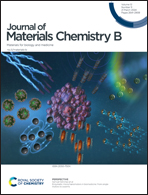
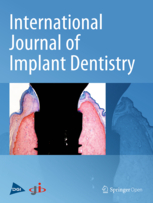
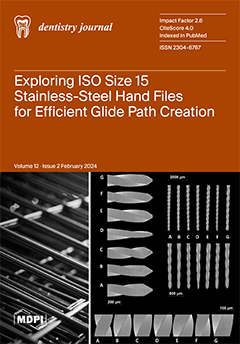
![[5.5 mm implant. A solution for severe atrophies without sacrificing predictability]](https://www.btitrainingcenter.com/wp-content/uploads/2023/12/cover_issue_81_es_ES.jpg)
